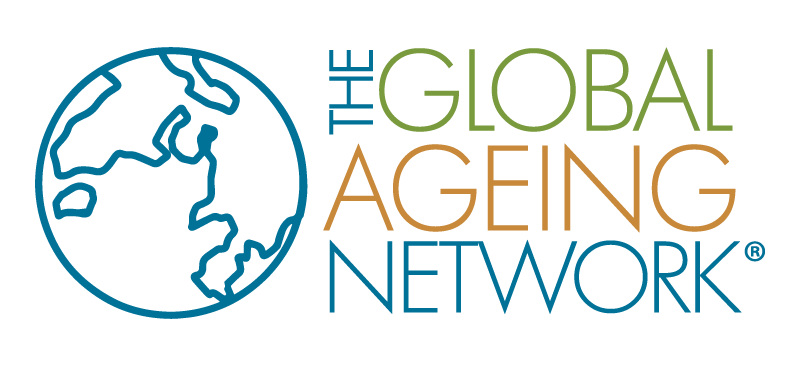Common feelings around aging services providers include fatigue for working 24/7 work; sadness, feeling losses in their communities, and in the face of all that: gratitude for those who continue their work. Care providers are still trying to obtain masks, personal protective equipment (PPE), and testing while doing their jobs– on top of the fear of biological threat. That is what is what many countries are calling “Phase 1.” What are some lessons from Phase 1?
- In the United States, the first nursing home in Seattle was a major sign of coronavirus in the country. The Center for Disease Control completed its debrief on how COVID-19 spread there.
- Belgium’s death rate appeared higher than other countries. They’ve been counting care home deaths from the beginning, compared to many other countries that excluded care home data.
- To procure masks for aging services providers, Australia, France, and the Netherlands have government-wide national coordination. Countries like the United States, Lebanon, and South Africa have had little or no national coordinated roll out. Aging services providers in these countries turn to private markets and homemade masks.
- The South Africa Department of Social Development published guidelines on caring for older persons to align with their Disaster Management Act.
- Australian and American providers have eliminated visitation or created screening checkpoints before anyone can enter care homes.
- The United States started experiencing staffing shortages at nursing homes, so some facilities are partnering with restaurants to hire and streamline training for previously displaced staff. LeadingAge aggregated COVID-19 specific classes for aging services providers to share with staff. Separately, states are acting. The state of Maryland called upon the National Guard for “strike teams” to aid overburdened nursing homes. The New York governor added to his press briefings statistics on nursing home cases after journalists asked for statistics on the homes for days.
- Global Ageing Network countries around the world are finding there were not enough tests available in Phase 1.
For their Phase 1, Taiwan, Iceland, Germany, and South Korea have been the Big 4 countries who have maintained the most control over COVID-19. The crux of many of their strategies was coordination on testing and contact tracing:
- Taiwan and South Korea were the best prepared, but that didn’t happen in a vacuum. Both countries had learned from previous outbreaks. Both countries already had a culture of wearing masks.
- Taiwan used public-private collaboration, open communication early and often, and a fact check center to ensure their citizens were receiving appropriate information.
- Iceland tested early and aggressively, with the goal to test everybody in the population.
- As Germany enters Phase 2, Germany will gradually scale back their lockdown while also testing for antibodies.
So, as we enter Phase 2, which countries will use these strategies? What’s next?
- Italy’s Phase 1 sounds familiar to us now. In March, they had the second highest number of cases. They went on lockdown. Many their elderly population were heavily affected. Now what? Italy will not move to Phase 2 until May, at the earliest. The country still has concern that reopening will overwhelm the healthcare system once again.
- The Africa Global HelpAge International Network Statement shared upcoming plans to tailor coronavirus communications for older adults in rural areas. They emphasize protecting farmers, because many are older persons and simultaneously, protecting farmers will protect food security.
- Ghana is experimenting with drones to deliver testing to rural areas.
- The UK National Care Forum developed a #ringofsteel exit plan to protect against coronavirus: Including preparing an army of nursing workforce, billions of pounds in council funding, and plans for routine testing.
- Ireland prepares for herd immunity before a second wave of the pandemic begins. As of April 20, Ireland is concerned that society’s fatigue and complacency may not lead to much needed tests.
- Now that South Africa flattened their curve, their Phase 2 is starting to unlock places like transport hubs. However, the government continues to ask the elderly to continue lockdown and stay at home until there are vaccines or treatment. The Department of Health, as of the week of April 20, are training staff to test eldercare facilities.
- Developing nations weigh the economic factors of reopening. Requests for freezing or writing off debts are under consideration, but none of yet to be granted.
- Some care homes are continuing hazard pay, and plan to do so moving forward.
For aging services, phase 1 may feel longer within countries that are already moving to phase 2. Ideally, countries can apply lessons from the Big 4 countries with low case rates. If you have tips for what aging services providers could do to move into their phase 2, email info@globalageing.org.
By Beth Brodsky
You need to login in order to like this post: click here
